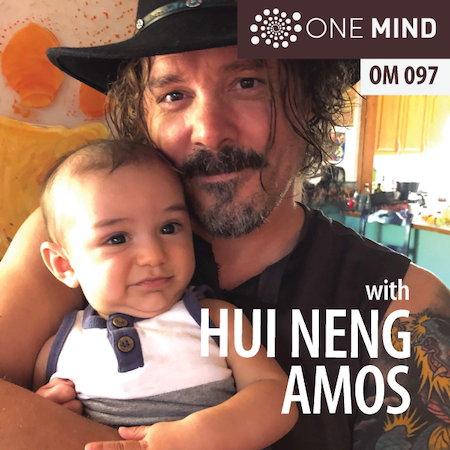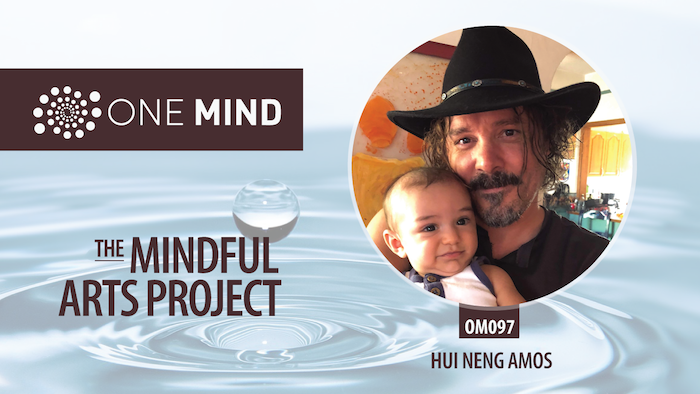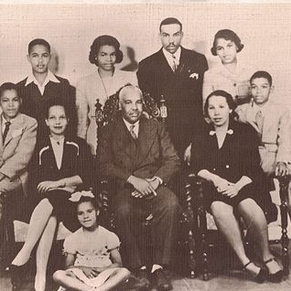
 Over 25 years ago, I attended boarding school and got to live, work, and study with some remarkable people. One of those people was a classmate named Hui Neng Amos.
Over 25 years ago, I attended boarding school and got to live, work, and study with some remarkable people. One of those people was a classmate named Hui Neng Amos.
Neng was one of my dorm prefects. And in addition to being a generally kind and easy going guy, Neng practiced this strange and–to my provincial mind–mysterious thing called Tai Chi.
All I knew about it was that it appeared to give Neng preternatural powers of grace and power on the athletic field.
At the time, it didn’t occur to me that in part, it probably explained his poise off the field too.
Many years later, when I became interested in the meditative arts, I started to learn about a form of moving meditation called Tai Chi. In my mind, I always associated this ancient form of meditation with my old classmate.
So I was delighted when a few years ago, Neng and I reconnected via Facebook. I was intrigued to see that he had created something called the Mindful Arts Project.
In this episode, we explore Hui Neng’s story, about how he grew up in a small rural New Hampshire school cum intentional community where he started learning and practicing tai chi and seated meditation from the wee age of three.
After college, his travels took him across America to India and more. Neng would journey away from his roots in contemplative practice, only to return as an adult, more committed than ever and now teaching these sacred practices through the Mindful Arts Project.
But there is much more to this story, as you’ll learn.

During the interview, Neng takes us back to the time of his grandfather, Albert Amos, who was a close friend of the great civil rights luminary Howard Thurman, and a deacon in his church.
Thurman was one of the first major champions of Gandhi’s nonviolent principles in the West, imparting those powerful tenets of peaceful resistance to Martin Luther King.
Albert Amos himself was a socialist organizer in the black Bay Area community. And as Neng says it:
Our family was certainly steeped in the ideas that Howard Thurman espoused; a sizable group of black intellectuals shared in their inception, and the Civil Rights Movement was arguably built there (in the Bay Area), outside the grasp of the Deep South, where it was famously applied. He was an extraordinary human being, and I certainly count him as a forefather.
Indeed, Thurman was the reason Neng’s father got to go to college. Thurman put in a word for him at U.C. San Francisco, where he was very successful. Hui Neng’s father then went on to continue his studies in economics at U.C. Berkeley.
But the extraordinary intersections in Neng’s family don’t stop with Thurman. Throughout the ’60s, Neng’s father was a student of the great Zen Master Shunryu Suzuki, founder of the San Francisco Zen Center and the Tassajara Monastery.
Today, in addition to running the Mindful Arts Project, Neng teaches English at the Basis School in Ahwatukee, AZ. He’s married to Sonya Amos and has seven kids aged 5 months to 17 years. He teaches tai chi and his wife practices Buti yoga. Neng likes to sing and paint and tell dad jokes.(-:
Thank you for all your brilliant efforts!
thank you for the kindness you spread in this world. i am amazed. You do make the world a better place. This is so worthy!
Thanks Richard! 🙂 I agree, Hui Neng is very inspiring.
I’m fascinated with the interrelatedness of Hui Neng Amos, his father Deneal Amos, his teacher (and MLK’s teacher). Howard Thurman, father of the first multiracial ecumenical church in American, together with Suzuki Roshi… WOW!!!
Here’s a quaint link to celebrate America’ s “melting pot” in the form of a link to an old brochure of the curriculum of Amos’ “New Cannan Academy” offered in conjunction with Dartmouth College and “classes also offered at the River Valley Club”. The brochure includesYin/Yang motifs, Zen Sumi-e drawings, with a curriculum of Meditation, Tai chi and ZEN BASKETBALL! (Wait, Is that a Zen koan? — What IS Zen Basketball? I know I know One ball clapping! LoL
Here’s the link:
http://www.cuke.com/pdf-2013/b/new-canaan.pdf